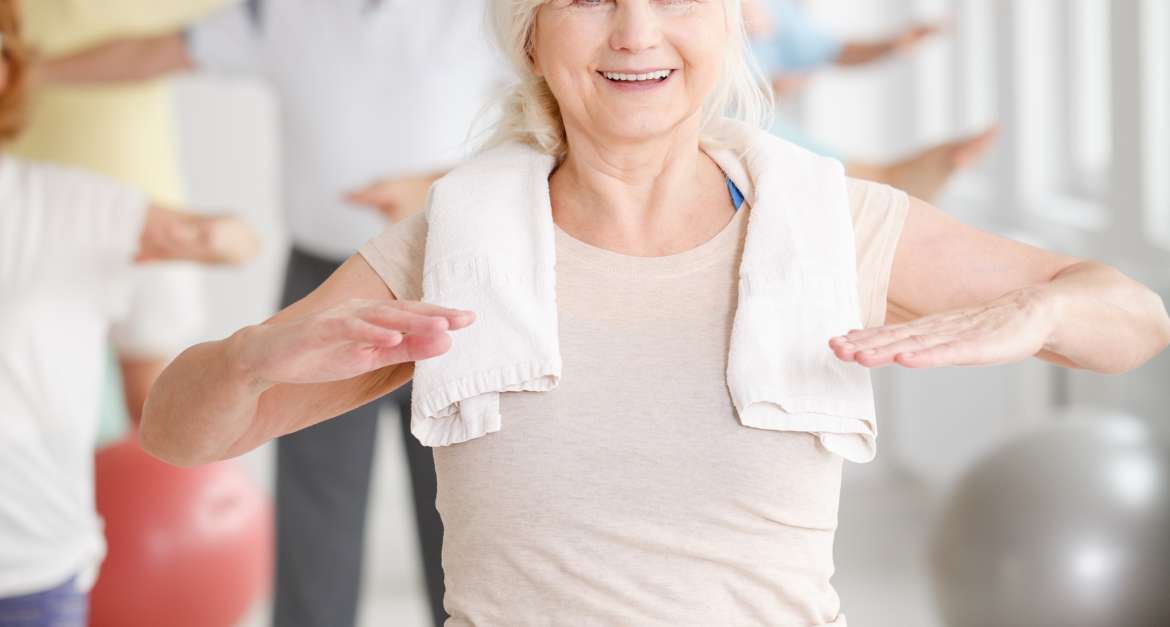Joint pain can be caused by many different injuries and/or underlying conditions. Some of the most common reasons for joint pain are due to chronic and/or acute conditions including:
Osteoarthritis is a degenerative joint disease in which the cartilage (the cushioning soft tissue in your joints) wears down over time. Osteoarthritis is the most common type of arthritis with over 30 million U.S. adults suffering from it.
Bursitis is the inflammation of the bursa, or fluid-filled sacs that act as cushions within joints. Bursitis is typically due to injury or overuse and can cause pain and swelling.
Tendonitis is the inflammation of the tendons that connect muscle to bone within the joint. Tendonitis can occur anywhere in the body, however it is more commonly seen in the elbow, shoulder, hip, knee, and ankle.
Muscle strain is the stretching or tearing of a muscle. Symptoms of a muscle strain can include pain, bruising, limited motion, and swelling. Mild to moderate strains can typically be treated with the R.I.C.E approach (rest, ice, compression, elevation) while more severe strains might need surgery.
Gout is a form of arthritis that involves painful inflammation. It occurs when small crystals from inside and around the joints. It is characterized by sudden severe pain, often accompanied by swelling and tenderness.
Many symptoms can leave people frustrated and searching for help. In most cases, there is no quick-fix to joint pain. There are, however, several ways people can work on managing the pain. These include:
- Changes in everyday routine
- Medication
- Physical Therapy
- Injections
- Surgery
Changes in everyday routine
Several changes can be made in your everyday routine to help manage and alleviate joint pain. These changes can include:
-
- Exercise/Weight Management can help strengthen the area as well as increase function. Low-impact exercising specifically can help reduce the potential for worsening symptoms. Weight can also be a factor when it comes to joint health. Exercise can help maintain weight, and reduce the risk of excess strain within your joints.
- Taking frequent breaks and practicing good posture can help reduce joint stiffness and discomfort. Incorporate regular breaks into your daily routine to stretch and change positions. Additionally, ensure that your posture is correct while sitting or standing to minimize strain on your joints.
- Optimizing your sleep environment by investing in a supportive mattress, using pillows to align your body correctly, and experimenting with different sleeping positions to find the one that reduces joint pressure. If necessary, consider using heat or cold therapy before bed to relax muscles and alleviate pain.
Medication
When it comes to joint pain relief, medications play a crucial role in managing symptoms and improving quality of life. There are several options that might be recommended:
- Acetaminophen is an over-the-counter pain medication typically used to help with mild-to-moderate joint pain. Unlike NSAIDs acetaminophen doesn’t have significant anti-inflammatory properties but can effectively relieve pain. Tylenol is one the more popular acetaminophen brands recommended.
- NonSteroidal Anti-Inflammatory Drugs (NSAIDs) are among the most commonly prescribed medications for joint pain relief. They work by reducing inflammation and alleviating pain. Examples include Ibuprofen, Aspirin, Neproxen, and Diclofenac.
It’s important to remember that medication choices should be individualized based on the underlying cause of joint pain, severity of symptoms, and overall health. Always consult with a healthcare professional for proper diagnosis, guidance, and to weigh the benefits and risks associated with different medications.
Physical Therapy
Physical Therapy can help improve flexibility and strength within the joints by conducting different exercises and techniques. The goal of physical therapy for joint pain is to help alleviate and manage symptoms. It is typically prescribed by a medical provider, after imaging and a physical assessment are performed.
Injections
Injections are non-surgical options that are used to help manage joint pain and other symptoms. There are several different injections that can be used for joint pain including:
- Cortisone or corticosteroid shots are used to help suppress pain and inflammation within a joint. This type of injection on average lasts anywhere from 6 weeks to 6 months.
- Hyaluronic acid is an injection used for knee pain caused by osteoarthritis (OA). It is composed of a substance that acts as a lubricant and protective barrier similar to the synovial (joint) fluid found naturally within joints.
- PRP or Platelet Rich Plasma Therapy is used to naturally treat joint pain. PRP is a form of regenerative medicine that uses a high concentration of blood platelets and growth factors to help heal and rebuild damaged tissue.
Surgery
If other nonoperative options have failed or otherwise unsuccessful, there are likely surgical options that can help repair or alleviate joint pathologies. OS1 is a non-operative orthopedic clinic, but our orthopedic trained provider can assist with this decision and make a surgical referral if needed or requested. We are very fortunate to have great relationships with the incredible surgeons we have in the Birmingham area, and can hopefully expedite your surgical consult.
OS1 Sports Injury Clinic is committed to helping our patients find the best possible treatment plan for their needs. If you have joint pain and aren’t sure what your next steps should be, make an appointment with one of our providers today, so you can get Better.Sooner.


